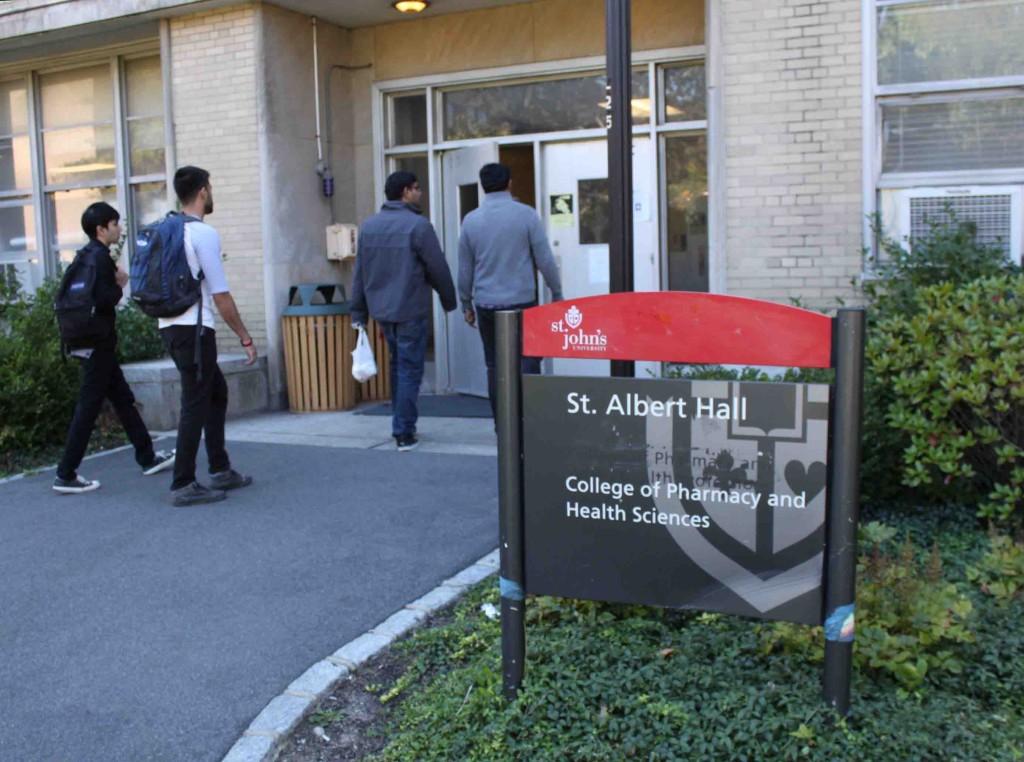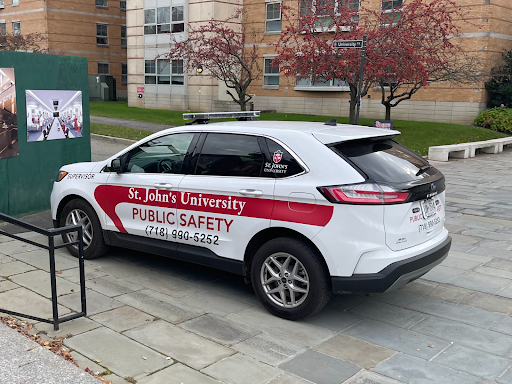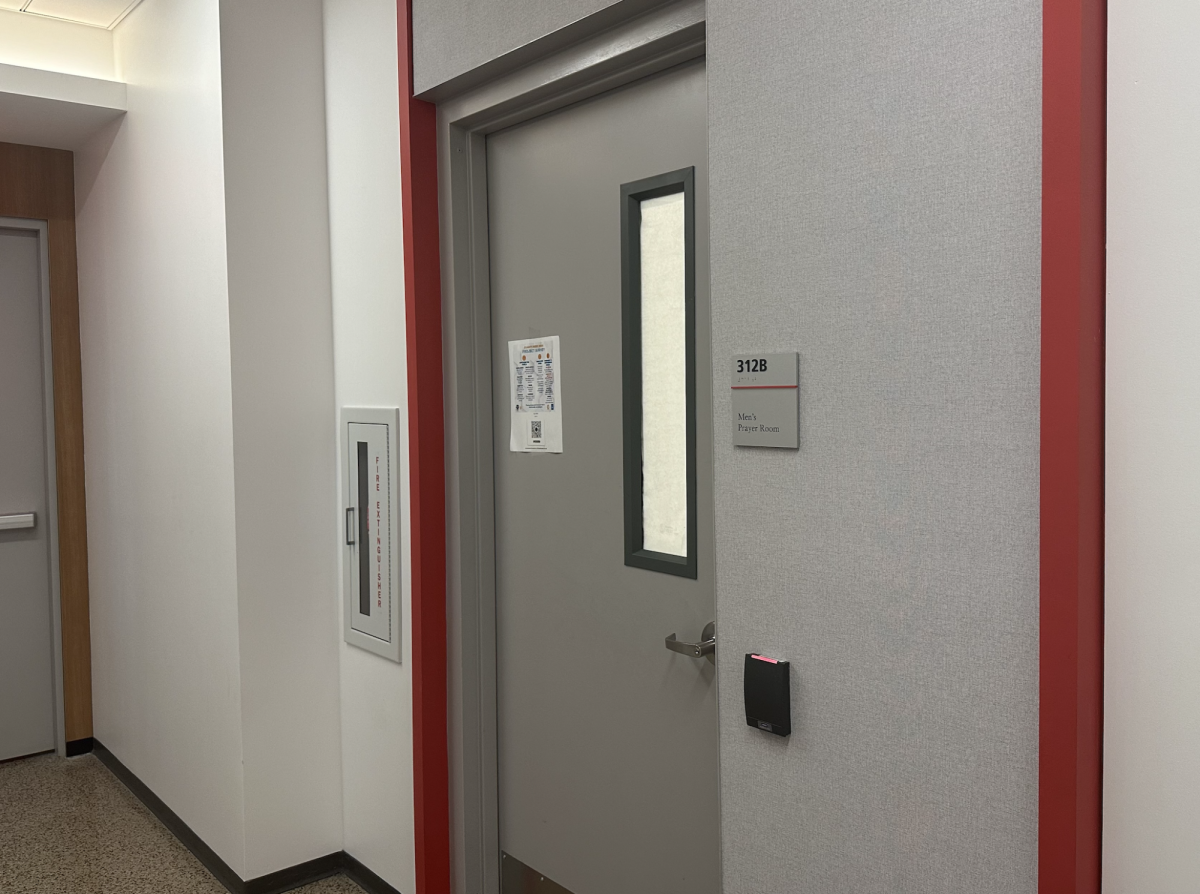There is more to pharmacy than dispensing Tylenol.
The University’s College of Pharmacy is a six-year program that provides students with the skills to work in the industrial, corporate or private world of pharmaceuticals.
Dr. William Maidhof, head of the Rite Aid Pharmacy Lab, said the program incorporates hands on activities to enhance the patient relations through the use of video counseling in the simulation lab.
“Teachers play the role of the patient as students sit in a room and are recorded dealing with the issue and have to counsel them,” he said. “The videos are stored and reviewed together to pinpoint strengths and weaknesses within the encounter.”
In addition, students participate in intimate labs, amongst approximately eight students, to provide them with what Dr. Maidhof states is “the attention they deserve and equal opportunity to use the technology.”
“[What] separates us from other pharmacy schools,” according to Dr. Maidhof, “is the use of three simulator dolls.”
These simulators, totaling about a quarter of a million dollars all together, are incredibly lifelike in that they can speak, sweat, cry, seize, foam at the mouth, or in some cases, die. They are hooked up to monitors; of the three, one is relatively newer and wireless, meaning the teacher can give the dummy a heart attack from any other room as the student works on it.
“I think having the ‘sim-lab’ available to us is a vital part of experiencing the pharmacy life before going out into the real world,”Anna Aleksandrovskaya, a fourth year pharmacy student, said. “It is relieving to know that we can make our mistakes here, in sim-lab, so that we do not make the mistakes on real patients.”
Dr. Maidhof said, a lot of what takes place in the labs is what is seen on “Grey’s Anatomy.”
“The monitors measure the blood pressure, their echocardiogram, their pulse, breathing, etc. The best part about this is that the simulator won’t get hurt and can’t sue you,” he said. “The nerves aren’t there for the student but the physical consequences are, where the dummy responds like a patient and forces the students to think in real time.”
Sarah Manrakhan, a first year pharmacy student, said she thinks the use of advanced technology provides a solid foundation for a future as a pharmacist.
“Because it keeps me updated and experienced,” she said.
With a generous donation from Rite Aid as well as some money provided by the government, the Rite Aid Lab was created. No tuition money went toward the lab. The Talyst Company donated the auto carousel, auto dose dispenser and auto cooler, which together total about $500,000. These machines work as a drug formulary, dispenser and cooler, respectively, and provide students with a sense of inpatient machine organization.
On the lower level of St. Albert’s Hall, where the Pharmacy College is located, Dr. Abu Serajuddin can be found in his alumni funded sanctuary of research. Here, Dr. Serajuddin and his small team of graduate students, aiming for their Ph.D’s or Masters degrees, use high-tech machines to aid their research of drugs that are easily soluble after swallowed.
“Tablets have to be able to dissolve in water, so they could dissolve in our system. About three-fourths of drugs have the problem of poor solubility, so we are doing this purely for research in the industrial field,” Dr. Serajuddin said.
According to Dr. Serajuddin, St. John’s is one of the only schools in the country with a research lab this equipped and advanced.
As the era of technology continues to grow at a rapid pace, the process of learning and understanding the world must follow, Dr. Maidhof said.
“The pharmacy program here is very unique and very proactive in having technological opportunities and keeping up with the times,” he said.














